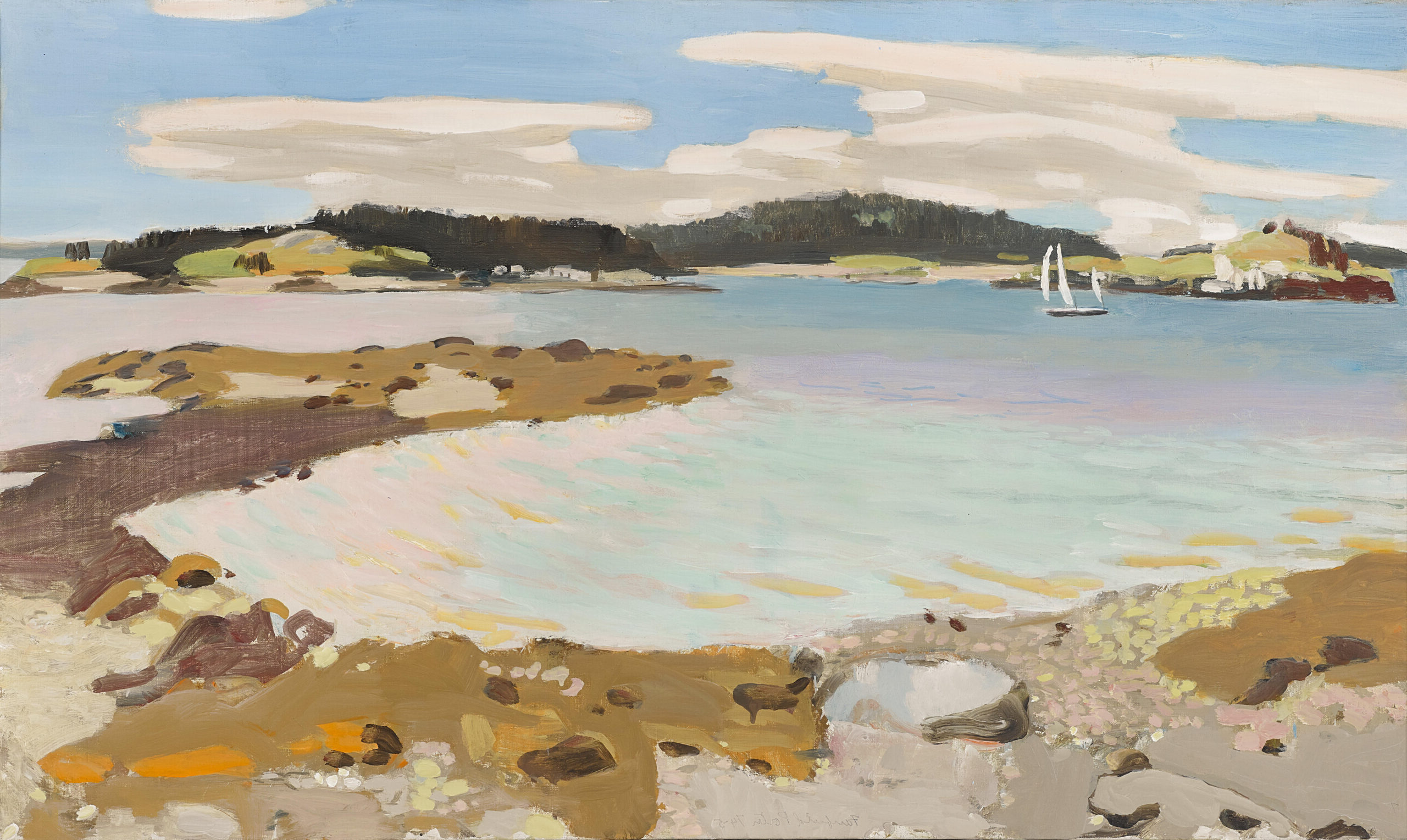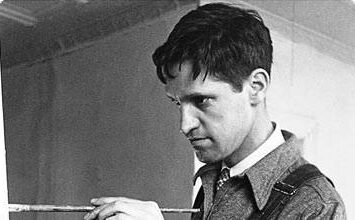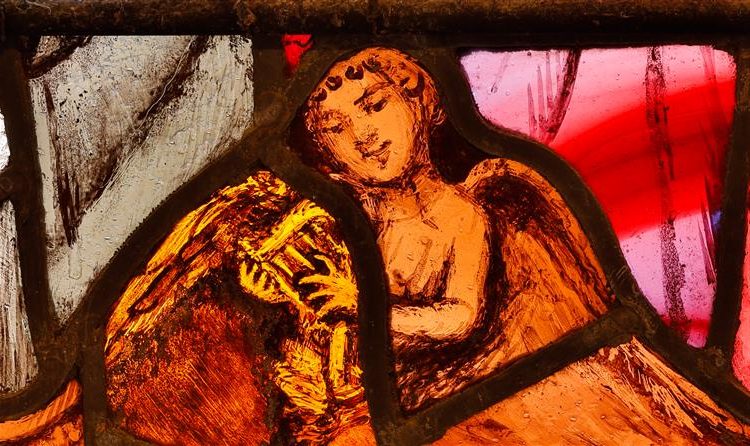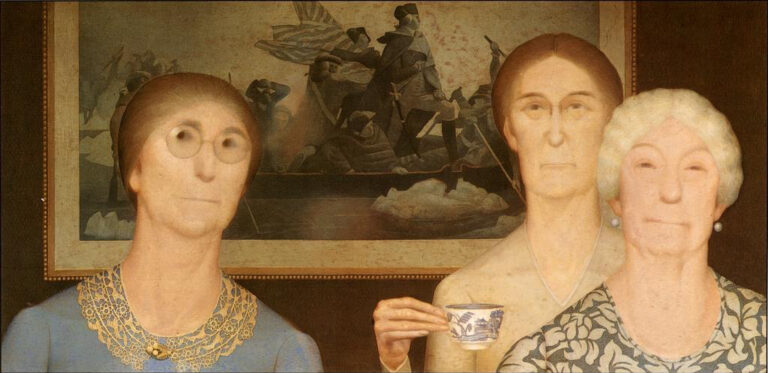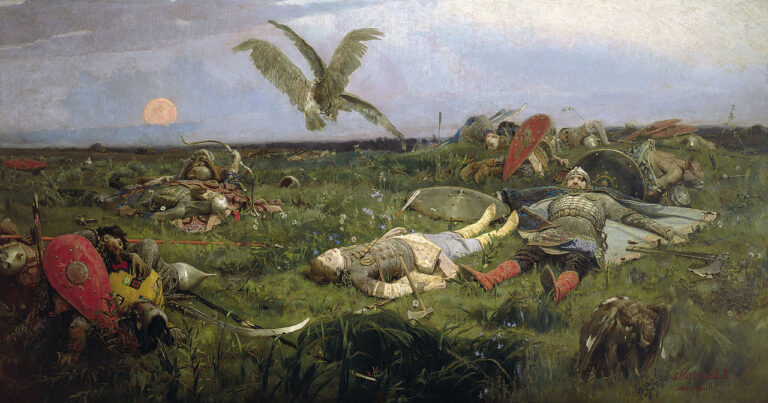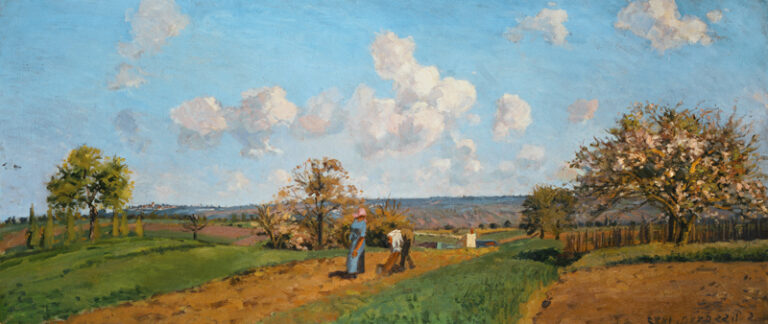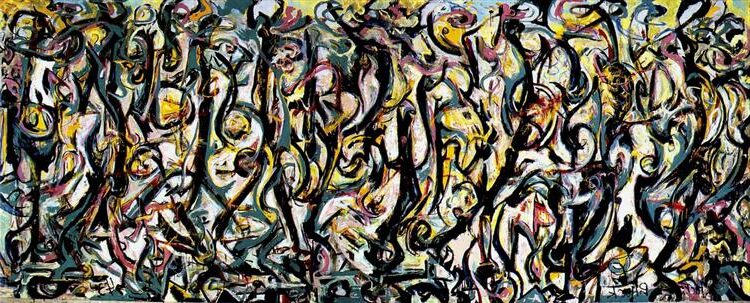Fairfield Porter: Painter Who Revolutionized American Realism in the 20th Century
Born: June 10, 1907, Winnetka, Illinois, U.S.
Death: September 18, 1975, Southampton, New York, U.S.
Art Movement: New York Figurative, Expressionism
Nationality: American
Institution: Harvard University, Art Students’ League
Fairfield Porter: Painter Who Revolutionized American Realism in the 20th Century
Life and Education
Fairfield Porter’s journey from a privileged upbringing to becoming a significant American realist painter was shaped by his family background, formal education, and personal relationships. His life experiences profoundly influenced his artistic development and perspective.
Early Years and Family Background
Fairfield Porter was born on June 10, 1907, in Winnetka, Illinois, a wealthy suburb of Chicago. He grew up as the fourth of five children in an affluent and culturally rich household.
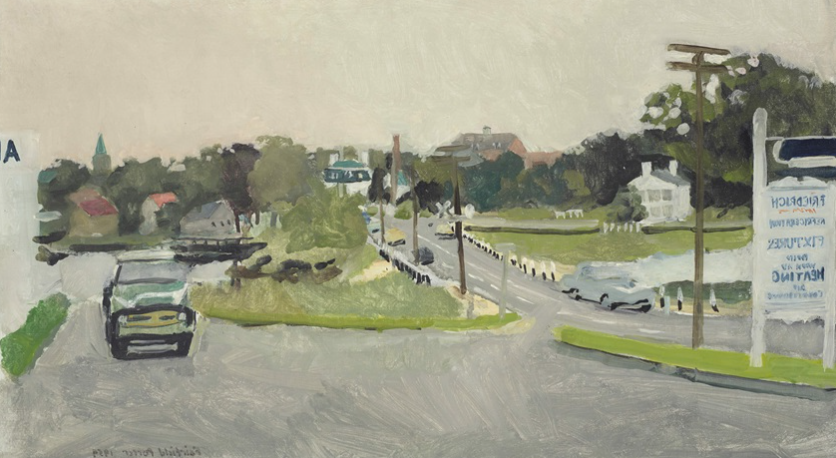
Wareham, Route 6, 1959, by Fairfield Porter
His father, James Porter, was an architect, while his mother, Ruth Furness Porter, was a poet. This creative environment nurtured Porter’s early interest in the arts.
The Porter family’s wealth provided Fairfield with educational opportunities and exposure to art from an early age. His privileged background allowed him to develop his artistic sensibilities without the financial pressures many artists face.
Harvard University and Art Training
Porter attended Harvard University, graduating in 1928 with a Bachelor of Arts degree. His time at Harvard coincided with significant intellectual movements that would later influence his work and criticism.
After Harvard, Porter pursued formal art training, studying under various teachers and developing his distinctive style. His education occurred during the Great Depression, which affected his worldview and artistic development.
Unlike many artists of his generation who embraced abstraction, Porter maintained his commitment to representational painting despite the prevailing trends in American art during the mid-20th century.
Personal Life and Relationships
In 1932, Porter married poet Anne Channing, with whom he had five children. Their family life often became the subject of his intimate domestic scenes and portraits.
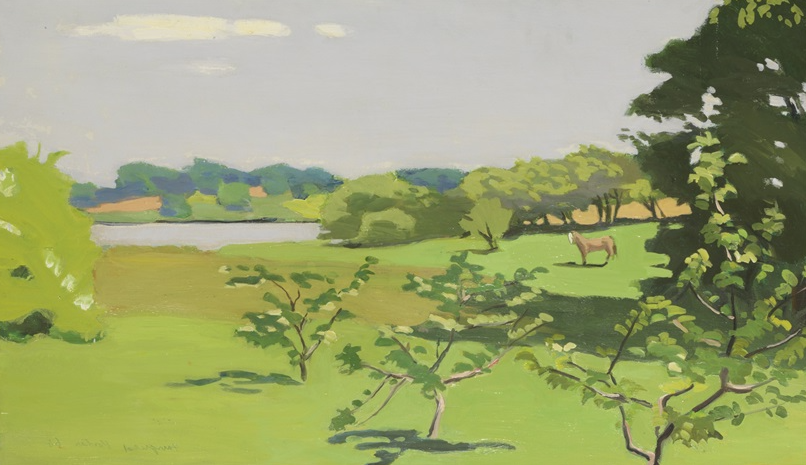
The Horse in the Meadow, 1968, by Fairfield Porter
The Porters established homes in New York City and Southampton, Long Island, where they hosted numerous artists and writers, creating vibrant intellectual communities around them.
Porter maintained significant friendships with poets and fellow artists throughout his life. These relationships influenced his development as both a painter and an art critic, the latter role he fulfilled for publications like ARTnews.
His work as an art critic, especially his writings published by Yale University Press, established him as an important voice in American art discourse alongside his painting career.
Artistic Career
Fairfield Porter established himself as a significant figure in American art by blending realism with elements of abstraction. His distinctive style emerged after years of study and experimentation, ultimately earning him recognition as both a skilled painter and thoughtful art critic.
Development as an Artist
Porter graduated with a fine arts degree from Harvard in 1928 before attending the Art Students League in New York for two years. During this formative period, he studied under instructors like Boardman Robinson, developing technical foundations that would later define his approach.

Long Island Landscape with Red Building, 1962
In the 1930s, Porter explored various artistic movements before finding his direction. The work of French painters Bonnard and Édouard Vuillard significantly influenced his style, particularly their approach to domestic scenes and use of color.
Despite the dominance of Abstract Expressionism in the 1950s, Porter chose a different path. While he admired Willem de Kooning and other abstract artists, he committed to representational painting at a time when it was considered unfashionable.
Major Works and Themes
Porter’s paintings primarily featured three main subjects: landscapes, domestic interiors, and portraits. His landscapes of Maine, particularly Great Spruce Head Island where he spent summers, captured the distinctive northeastern light and natural beauty.
His domestic interior scenes portrayed family life with intimate honesty. These works balanced realism with abstract elements, showing everyday moments with remarkable sensitivity to color relationships and spatial composition.
Porter’s portraits revealed his talent for capturing the essence of his subjects. He often painted family, friends, and fellow artists, including poets like Frank O’Hara and James Schuyler, with whom he formed important creative relationships.
His work uniquely bridged abstraction and realism. Porter believed that “the realist thinks he knows ahead of time what reality is, and the abstract artist what art is. But it is the discovery that makes the art.”
Influence and Critical Reception
As an art critic for publications like ARTnews, Porter championed artists who didn’t fit neatly into dominant movements. His thoughtful, perceptive writing gained respect in the art world, complementing his reputation as a painter.
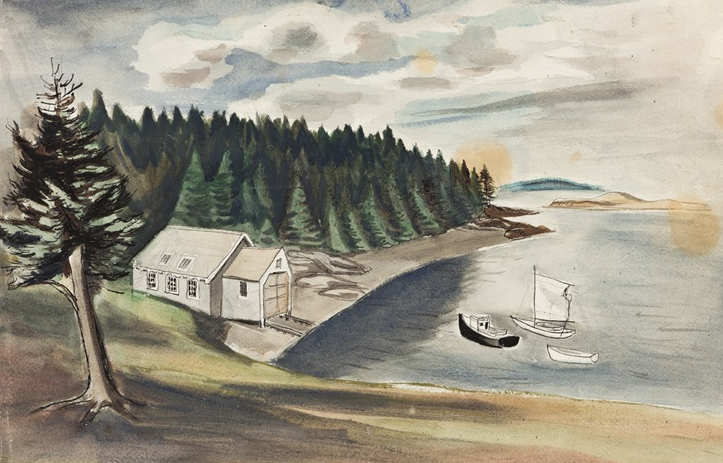
Maine Landscape by Fairfield Porter
Porter’s work received increasing recognition throughout the 1960s and early 1970s. Major exhibitions at the Art Institute of Chicago and the Museum of Fine Arts elevated his standing in American art history.
His influence grew after his death in 1975. Art historians now recognize Porter as a crucial figure who maintained representational painting’s relevance during the height of abstraction. His work bridged multiple artistic approaches, creating a uniquely American style.
Contemporary artists continue to find inspiration in Porter’s balance of observation and expression. His legacy demonstrates that meaningful art can emerge from daily life and familiar surroundings.
Legacy and Impact
Fairfield Porter’s unique artistic vision continues to influence American art long after his death in 1975. His commitment to representational painting during the height of Abstract Expressionism established him as an important contrarian voice in 20th century art.
Posthumous Exhibitions and Recognition
Porter’s work gained significant posthumous recognition through major retrospectives and exhibitions. The Museum of Fine Arts in Boston held a comprehensive retrospective in 1983, introducing his work to a new generation of viewers. The Whitney Museum of American Art and the Parrish Art Museum in Southampton, New York (where Porter lived and worked) have both hosted important exhibitions of his paintings.
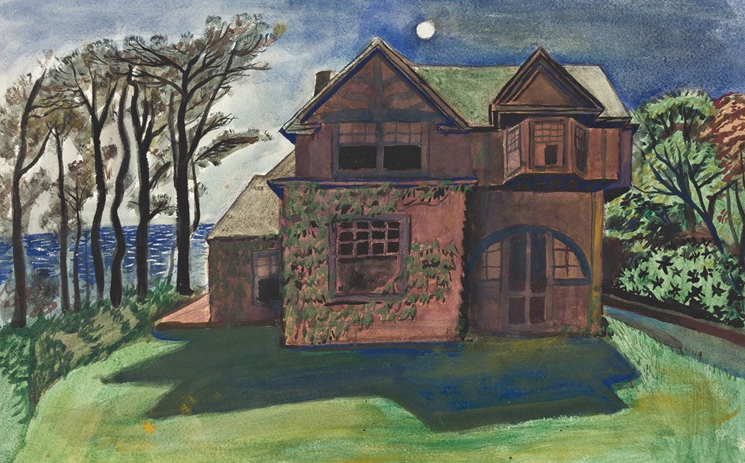
Moonlit House, ca. 1930–1940, by Fairfield Porter
Art critic John Ashbery, who wrote for The Nation, was instrumental in championing Porter’s legacy, calling him “an American classic.” The Art Students League, where Porter once taught, continues to reference his techniques and approaches.
His South Main Street home in Southampton has become a pilgrimage site for artists interested in his unique fusion of representation and modernism.
Fairfield Porter’s Contribution to Modern Art
Porter’s greatest contribution to modern art was his unwavering dedication to figurative painting during a time when abstraction dominated. He demonstrated that representational art could be both contemporary and relevant, influencing the New York School despite working against its prevailing trends.
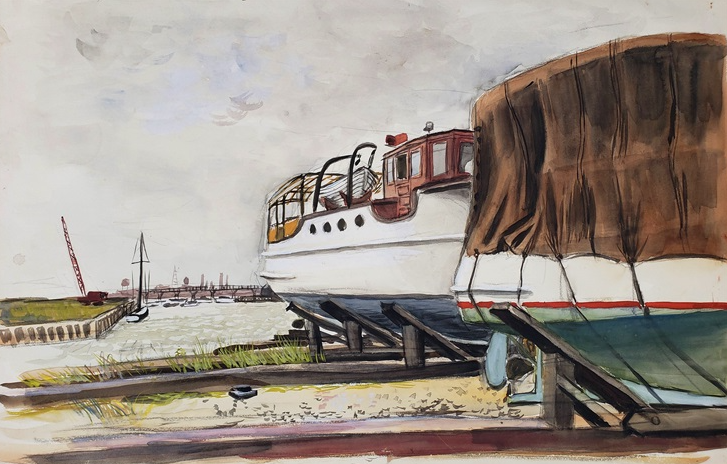
Marina Scene, ca. 1960, by Fairfield Porter
His role as an art critic provided him a platform to articulate his views on contemporary art. Writing for publications like The Nation, Porter defended representational painting with the same confidence he displayed in his artwork.
Porter’s politics, informed by his socialist beliefs, subtly influenced his approach to subject matter. He painted everyday scenes with dignity and importance, elevating ordinary American life.
His influence can be seen in contemporary painters who, like Porter, find inspiration in Pierre Bonnard’s use of color and light while maintaining a commitment to representation.
Frequently Asked Questions
Fairfield Porter left a unique mark on American art through his distinctive style and artistic contributions. These questions address key aspects of his work, influence, and legacy in the art world.
What is Fairfield Porter’s most renowned painting style?
Fairfield Porter is best known for his realistic style that focused on everyday scenes, landscapes, and portraits. Unlike many of his contemporaries who embraced abstract expressionism, Porter remained committed to representational art.
His work often featured domestic settings, family members, and the landscapes of Maine and Long Island. Porter combined elements of traditional realism with a modernist approach to color and composition.
He developed what many critics call “painterly realism,” characterized by bold brushwork and an intuitive approach to capturing light and atmosphere.
How did Fairfield Porter contribute to the art world?
Porter made significant contributions as both a painter and an influential art critic. He wrote regularly for art publications like ARTnews, providing thoughtful commentary on contemporary art movements.
As a painter, he helped keep representational art relevant during the height of abstract expressionism. His work bridged traditional and modern approaches, influencing generations of artists.
Porter was also known as a “painter’s painter” who was deeply admired by other artists for his technical skill and sensitivity to color relationships.
Which museums exhibit Fairfield Porter’s works?
Porter’s paintings are housed in many prestigious institutions across the United States. The Museum of Modern Art (MoMA) in New York includes several significant Porter works in its collection.
The Whitney Museum of American Art regularly exhibits his paintings, as does the Metropolitan Museum of Art. The Parrish Art Museum in Southampton, New York maintains an extensive collection of his work.
Other notable institutions displaying Porter’s art include the Art Institute of Chicago, the Hirshhorn Museum, and the Cleveland Museum of Art.
What are the distinct features of Fairfield Porter’s painting technique?
Porter used a distinctive technique characterized by broad, confident brushstrokes and a sophisticated understanding of color relationships. He often applied paint directly with minimal blending or glazing.
His compositions frequently appear deceptively simple but reveal complex spatial relationships. Porter had a remarkable ability to capture natural light, particularly the distinctive qualities of New England light.
He often used unconventional color choices that somehow managed to feel true to the subject while maintaining a slightly heightened sense of reality.
Can you provide insights into Fairfield Porter’s creative process?
Porter approached painting as a direct response to what he observed. He believed in painting what was immediately in front of him rather than working from memory or imagination.
He typically painted alla prima (wet-on-wet), completing works in relatively few sessions. This gave his paintings a sense of immediacy and freshness.
Porter once described his process as seeking the “mystery that is essential to reality,” suggesting he aimed to capture not just appearances but deeper truths about his subjects.
How has Fairfield Porter’s artwork been received by critics and art historians?
Initially, Porter’s work received mixed reviews from critics. Some dismissed his representational approach as outmoded or conservative.
Over time, however, his reputation has grown significantly. Contemporary critics and historians now recognize Porter as an important figure who maintained artistic independence during a period of conformity.
Art historians particularly value how Porter’s work provides a counternarrative to the standard view that American art moved inevitably toward abstraction after World War II.

